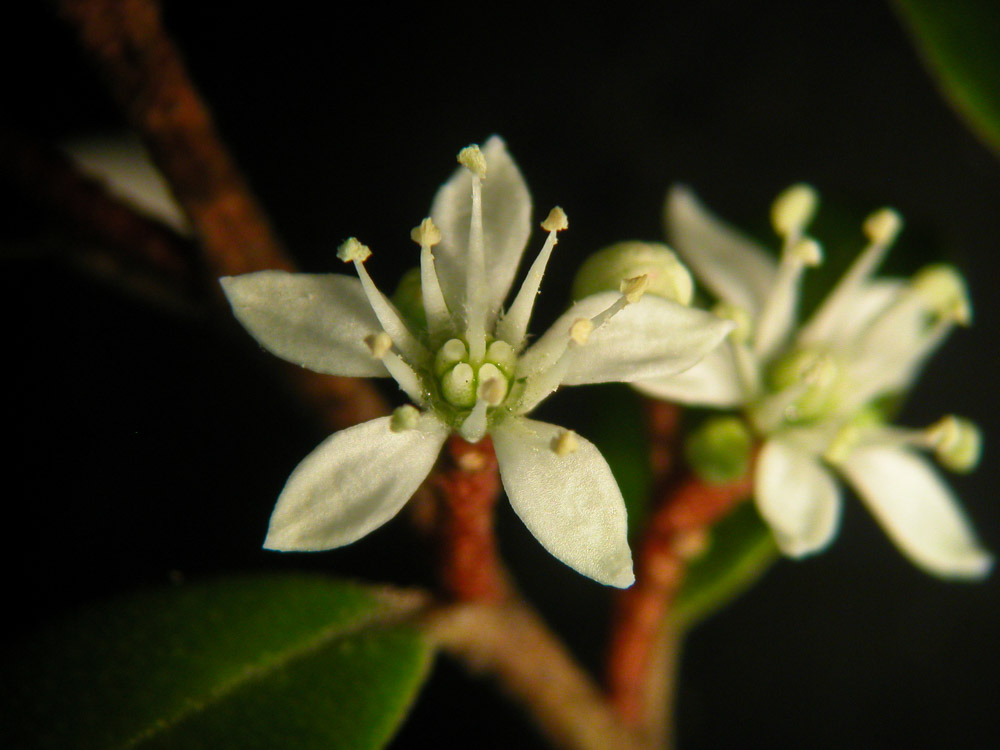Nematolepis Squamea on:
[Wikipedia]
[Google]
[Amazon]
 ''Nematolepis squamea '', commonly known as Satinwood, is an upright shrub or small tree species which is endemic to
''Nematolepis squamea '', commonly known as Satinwood, is an upright shrub or small tree species which is endemic to

http://avh.ala.org.au/
*http://www.tasmaniantimbers.com/ {{-
squamea
Flora of New South Wales
Flora of Tasmania
Flora of Victoria (Australia)
Taxa named by Paul G. Wilson
{{-
squamea
Flora of New South Wales
Flora of Tasmania
Flora of Victoria (Australia)
Taxa named by Paul G. Wilson
 ''Nematolepis squamea '', commonly known as Satinwood, is an upright shrub or small tree species which is endemic to
''Nematolepis squamea '', commonly known as Satinwood, is an upright shrub or small tree species which is endemic to Australia
Australia, officially the Commonwealth of Australia, is a Sovereign state, sovereign country comprising the mainland of the Australia (continent), Australian continent, the island of Tasmania, and numerous List of islands of Australia, sma ...
.
Description
''Nematolepis squamea'' is an erect and conical shrub or small tree that grows to 12m in height. It has simple, entire and opposite leathery leaves which are glossy green above and silvery and scalic on the underside. They are lanceolate in shape with a prominent central mid-rib, typically 2.5–8 cm long by 2 cm wide. Stems of new growth are often a red/brown colour and covered in scales. The leaves contain oil glands and are aromatic when crushed. The individual white flowers are small; about 1 cm in diameter, however they can occur in conspicuous clusters of up to 20 in the leaf axils. Each flower has five petals and stamens and flowering occurs between October and December. Fruit capsules are star-like with four or five points. The Tasmanian endemic subspecies ''retusa'' is always a found as a shrub, has a rounded leaf apex, shorter leaves and highly scaly, warty twigs.Taxonomy
The species was first formally described in 1805 and named ''Eriostemon squamea''. It was transferred to the genus ''Phebalium
''Phebalium'' is a genus of thirty species of shrubs or small trees in the family Rutaceae and is endemic to Australia. The leaves are arranged alternately, simple and often warty, the flowers arranged singly or in umbels on the ends of bran ...
'' in 1896 and subsequently to ''Nematolepis
''Nematolepis'' is a genus of seven species of plants in the family Rutaceae, all Endemism, endemic to Australia. They are shrubs or small trees with more or less flat leaves arranged alternately and flowers with five overlapping petals and ten s ...
'' by Paul G. Wilson in 1998. The name is derived from the Greek words ''nematos'' 'thread', ''lepsis'' 'scale' and the Latin word ''squameus'' 'scaly' referring to the scales on the leaves, stems and stamens.
Three subspecies
In biological classification, subspecies is a rank below species, used for populations that live in different areas and vary in size, shape, or other physical characteristics (morphology), but that can successfully interbreed. Not all species ...
are currently recognised:
*''N. squamea'' subsp. ''coriacea'' (Paul G.Wilson) Paul G.Wilson
*''N. squamea'' subsp. ''retusa'' (Hook.) Paul G.Wilson
*''N. squamea'' (Labill.) Paul G. Wilson subsp. ''squamea''
Distribution and habitat
''Nematolepis squamea'' is found in moist, well-drained areas in Tasmania and south-eastern areas of mainland Australia. It is common in wet sclerophyll forests, rainforests, gullies and riverbanks from the coast to 800m altitude. It's found as a shrub in drier and more alpine areas.Uses
Satinwood (also known as lancewood in the timber industry) is a dense, hard timber, golden and silky in appearance. It is well-suited to wood turning and veneer, and has been used in cabinet making in the past.Cultivation
This is a hardy, reliable species for cultivation. It prefers moist, well-drained soil in a partly shaded spot. It can withstand moderate frost, but is intolerant to extensive dryness. Like other members of the Rutaceae, propagation is easiest from cuttings. It can be clipped and pruned to shape and used as a hedge or screen plant.References

External links
* *http://anpsa.org.au/n-squ.htmlhttp://avh.ala.org.au/
*http://www.tasmaniantimbers.com/
 {{-
squamea
Flora of New South Wales
Flora of Tasmania
Flora of Victoria (Australia)
Taxa named by Paul G. Wilson
{{-
squamea
Flora of New South Wales
Flora of Tasmania
Flora of Victoria (Australia)
Taxa named by Paul G. Wilson